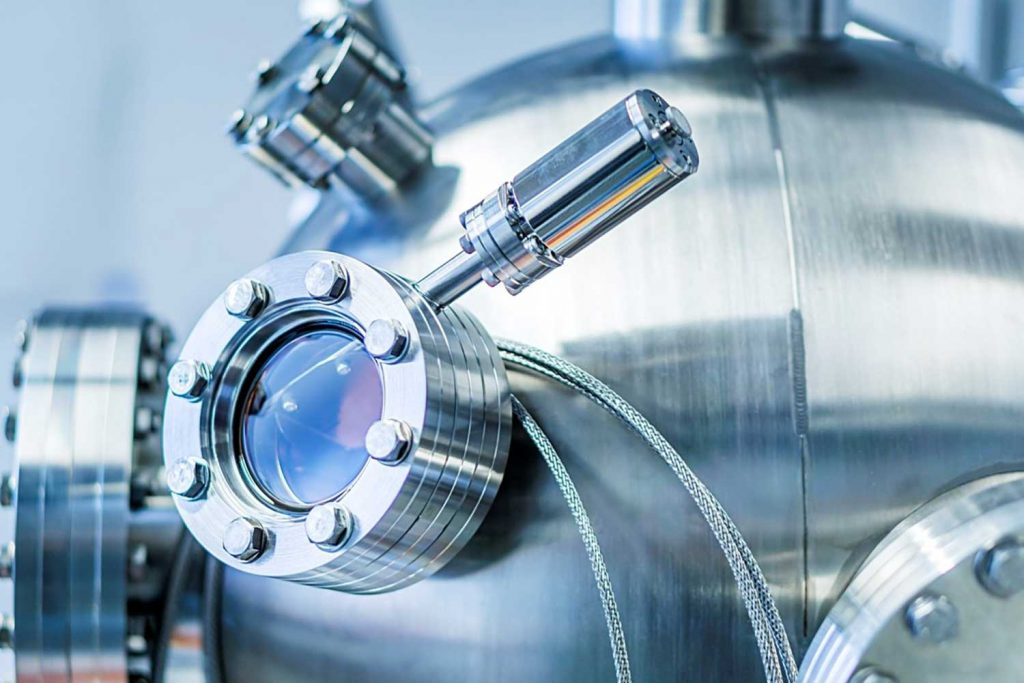Jujube red pigment
- Natural date red pigments are the new members of natural pigments.
- Which are widely applicable to the food, wine, household chemical products, cosmetics, pharmaceutical and public health as well as printing and dyeing industry, and other areas.
- Jujube red pigment is safe and has good coloring and anti-oxidation functions for nutrition and health.
- Jujube red pigment can match the color of caramel, cocoa color, ruby red, rose, and 16 kinds of other pigments, which use very extensively.
Physical and chemical properties
- Color: Brick red or reddish brown
- Organizational form: Solid powder, soluble in water, but insoluble in ether, ethanol, acetone, and other organic solvents. Good photothermal stability.
- Odor: Has caramel and date aromas.
- Toxicity: Non-toxic, heavy metal content in line with Chinese food hygiene standards.
Application
Jujube red pigment is widely used.
- The jujube wine is added with 0.05% jujube red pigment, the wine color is bright red and natural, the coloring is uniform, the transparency is good, there is no peculiar smell, and the jujube aroma of the wine is outstanding;
- The addition amount in the concentrated jujube juice is 0.1%, the jujube juice is ruby-colored, and the coloring is uniform and stable;
- The color and fragrance of jujube paste, jujube puree, and jujube soup with an additional amount of 0.1% to 0.2% were significantly improved.
- When making braised pork, the amount of jujube red pigment is 1/5 of that of caramel pigment, and the obtained braised pork has a bright red color and outstanding fragrance.
Extraction Method of Red Pigments in Jujube Peel One

Reagent
Distilled water.
Equipment
- Oven, press
- Vacuum evaporator
- Spray drying device
- Pulverizer 420μm sieve, etc.
Extraction steps
Raw Material
Selection → Cleaning → Baking → Leaching (Solid-Liquid Extraction)→ Filtering → Concentrating → Drying → Crushing → Sieving → Packing → Finished product
Extraction process
Material selection
There is no limit to the variety of jujubes, not only good jujubes with good texture, but also inferior jujubes such as insect frogs, shriveled, mechanically damaged, and some unqualified jujubes and jujube peels in the process of making jujube sauce, jujube juice and preserved jujube. can be used comprehensively
wash, bake
Fully wash the silt and impurities of the jujube noodles with water, dry them, and bake them in an oven at a temperature of 100-140°C and a time of 0.5-1h. During the baking process, turn it over several times to facilitate the evaporation of water.
leaching
Add water 3 to 5 times to the roasted jujube, and extract three times at 95 to 100 °C. The first extraction time is longer, and the second and third extraction times can be shorter.
filter press
The leaching material is coarsely filtered. Then put the filter residue in the press to press, and then filter. The coarsely filtered filtrate was finely filtered to remove the suspension.
concentrate
The three filtrates were combined and concentrated in a vacuum evaporator. It can also be directly concentrated in a jacketed pot.
dry
Bake at 100~105℃ until foaming. It can also be spray dried but does not need to be crushed and sieved
crushing, sieving, packing
After drying, it cools and becomes brittle, pulverizes with a pulverizer, and passes through a 420 μm sieve. Pack immediately after sieving and store in an airtight bottle.
Extraction Method of Red Pigments in Jujube Peel Two

Reagent
Distilled water, ethanol, and hydrochloric acid.
Equipment
Blast drying oven, 590μm sieve, dryer, vacuum distillation device, oven constant temperature water bath, etc.
Extraction steps
Raw material → pretreatment → crushing → extraction → filtration → concentration → drying → finished product.
Extraction process
Raw material
Jujube peel as raw material.
Preprocessing
After picking and removing impurities, the jujube peels were soaked in distilled water for 24 hours to remove some small molecular sugars, pectin, and other substances in the jujube peels. Store in a desiccator for later use.
Smash
The jujube peel was crushed and passed through a 590 μm sieve.
Leaching
Use 60% ethanol for extraction, the ratio of material to liquid is 1g:6mL, adjust pH=2 with hydrochloric acid, control temperature to 80℃, and extract in a water bath for 1h.
Filter
The extract is filtered while hot to obtain the pigment extract. The filter residue is leached again, and the secondary leaching solution is combined after filtration.
Concentrated and dried
The leaching solution was concentrated by distillation under reduced pressure, and the concentrated solution was dried at a constant temperature of 40 °C to obtain a dark red powder product.

